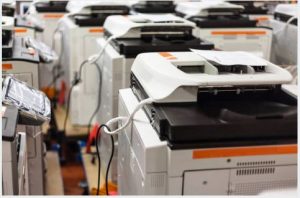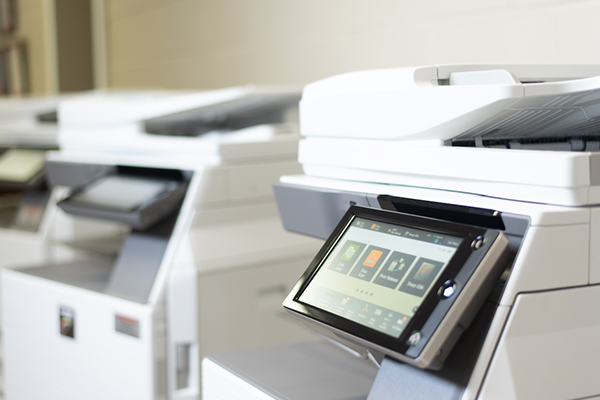
YOU GO to a copier service provider. Have a document copied. Within minutes or so, you have what you need in your hands. You paid what you owe them. You leave the shop accomplished. Simple as that!
A lot of people are like this. They depend on the fast and convenient solutions provided by many copier service companies. This demand even pushed several companies to offer copiers for lease so users can freely use the machine in the comforts of their home.
With this demand in copier machines, do you ever have the slightest idea how this no-nonsense piece of equipment works? Let us find out how a copier creates a perfect duplicate of a document within seconds. Here is what’s happening inside the machine when you press that “start” button:
The photocopying process starts when the document is scanned with a bright light. The machine then determines the white spaces and the black spaces, otherwise known as the text. The pattern is then projected onto a rotating drum using charges. The white space is given a positive charge while the dark spaces (texts) are given a negative charge. The drum then carries the negatively charged pattern and imprints it on the paper, which, in this case, is given a positive charge. This allows the negatively charged pattern to stick onto the paper. After then, a roller fixates the ink onto the paper and the photocopying process is finished.
Generally, the basic science that makes the work of a photocopier possible is the attraction of opposite charges. The concept is quite similar to two magnets that attract two opposite poles.
It may sound a bit complicated than how the machine is actually used, but understanding the basic mechanics of a photocopier would also give you an idea of how the machine works internally. So in the event of a faulty or defective device, you can get your hands on a simple fixing process. Other than that, you would also have an idea what type of copier is ideal for your needs.




